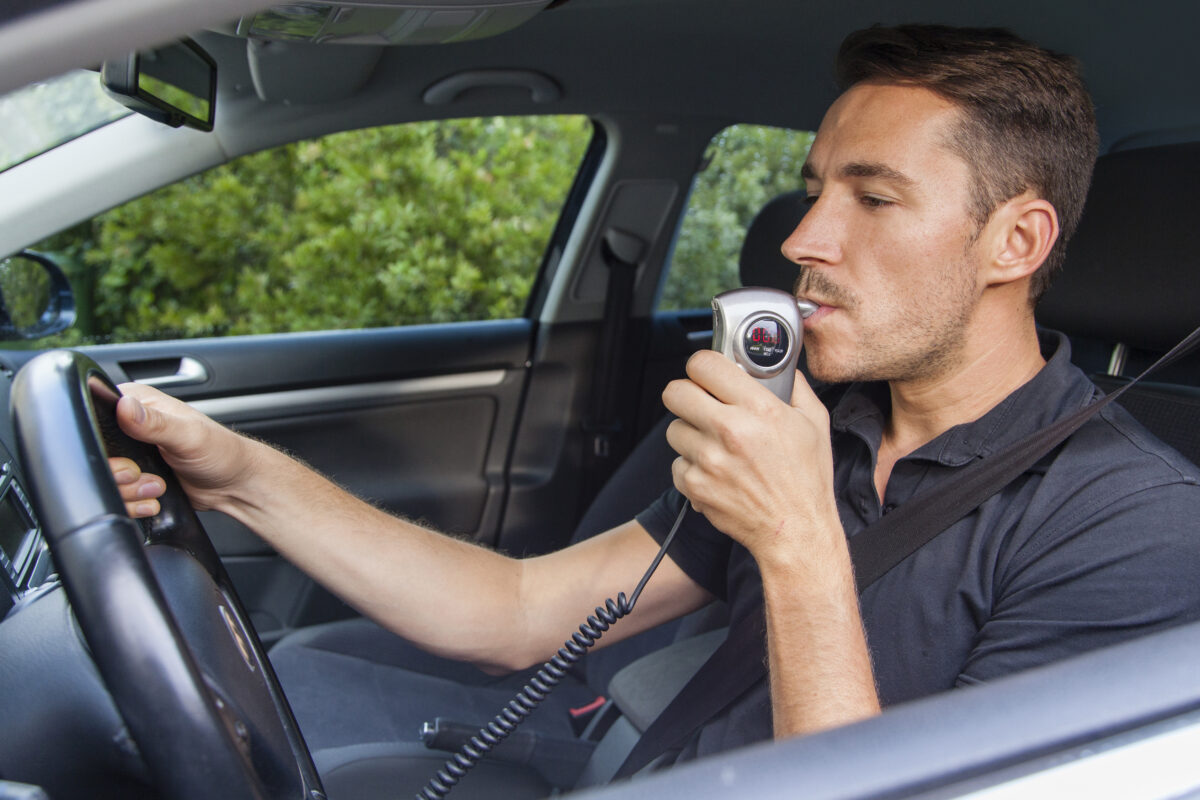“You have the right to remain silent. Anything you say can be used against you in court. You have the right to talk to a lawyer for advice before we ask you any questions. You have the right to have a lawyer with you during questioning. If you cannot afford a lawyer, one will be appointed for you before any questioning if you wish. If you decide to answer questions now without a lawyer present, you have the right to stop answering at any time.”
The “Miranda Warning”
This language, which we are all familiar with, must be given prior to law enforcement taking a custodial statement from you that will be admissible in court. A “custodial statement” means a statement taken from you when you are arrested or detained in such a way that a reasonable person would not feel like he was free to leave. These rights don’t even have to be read to you if you voluntarily go to the station to talk, which an astounding number of people do.
If the police fail to give you these warnings, it doesn’t mean the arrest is bad. What it means is that if a person is in custody and interrogated without these warnings, that interrogation and any evidence that was found as a result of that interrogation will be inadmissible at trial.
The truth, though, is that very few custodial interrogations get excluded because the detective did not give the Miranda warnings. They almost always do. So the surprising thing is not that the cops mess it up, but that so many people either waive the rights and talk or voluntarily go to the station to talk in the first place.
Here are three reasons why you should never do that – at least not alone.
Reason #1: Detectives Are Allowed to Lie During Interrogations and Do So on a Regular Basis.
“The fact that the police misrepresented the statements that Rawls had made is, while relevant, insufficient, in our view, to make this otherwise voluntary confession inadmissible.”
Frazier v. Cupp, 394 U.S. 731, 739 (1969).
With this sentence, the United States Supreme Court put its seal of approval on detectives lying to a person being interrogated. This is now routinely done and in virtually every interrogation we watch we see detectives lying to the people they question. The lying can be express: “Your buddy in the next room has said you were the shooter,” or implied, “Now, why would I find your DNA on the trigger of that gun? (when there has been no DNA testing done at all).” Either way it is deceptive and you need to know that the police use this tactic on a regular basis.
In the next section, we discuss The Reid Technique,” a manner of interrogation that is universally used by detectives and agents. There are nine steps. Look at them. Each step of The Reid Technique is deceptive and manipulative.
Reason #2: The Detective is NEVER Your Friend.
In EVERY interrogation, the detective will be friendly and offer the person a way to justify the offense the detective is convinced the person committed, but the subject has not admitted to. The detective will say things like, “You know, I don’t think you intended to do this. I think things just got out of hand and it went further than you thought it would. Is that it?” If the subject agrees, then he has admitted to the offense. Don’t for a second believe that the detective is telling the truth when he minimizes the offense or the subject’s role in it. The prosecutor is just as liable to tell a jury that person was the mastermind. This is a tactic meant to extract a confession, pure and simple.
For decades now, detectives in the United States have used a technique of interrogation called “The Reid Technique.” They go to schools to learn how to do it. The Reid Technique’s “Nine Steps of Interrogation” are:
- Positive confrontation. Advise the suspect that the evidence has led the police to the individual as a suspect. Offer the person an early opportunity to explain why the offense took place.
- Try to shift the blame away from the suspect to some other person or set of circumstances that prompted the suspect to commit the crime. That is, develop themes containing reasons that will psychologically justify or excuse the crime. Themes may be developed or changed to find one to which the accused is most responsive.
- Try to minimize the frequency of suspect denials.
- At this point, the accused will often give a reason why he or she did not or could not commit the crime. Try to use this to move towards the acknowledgement of what they did.
- Reinforce sincerity to ensure that the suspect is receptive.
- The suspect will become quieter and listen. Move the theme of the discussion toward offering alternatives. If the suspect cries at this point, infer guilt.
- Pose the “alternative question”, giving two choices for what happened; one more socially acceptable than the other. The suspect is expected to choose the easier option but whichever alternative the suspect chooses, guilt is admitted. As stated above, there is always a third option which is to maintain that they did not commit the crime.
- Lead the suspect to repeat the admission of guilt in front of witnesses and develop corroborating information to establish the validity of the confession.
- Document the suspect’s admission or confession and have him or her prepare a recorded statement (audio, video or written).
If you see as many of these interrogations as we do, you can see the detective actually progressing through these steps. In fact, one of the first things you hear is a detective telling the person interrogated that she has all the evidence she needs “and just wants to get the subject’s side of the story.” That right there is a surprisingly effective way to get a person to voluntarily come to the station to talk. The natural human reaction is to try to convince the police that you didn’t do it or to explain. The detective is using the Reid Technique shown above. Understand this: BY THE TIME THE DETECTIVE IS MAKING THAT CALL, HE OR SHE ALREADY BELIEVES YOU ARE GUILTY. Never just go to the station. Always call a lawyer instead.
It doesn’t matter how educated or high functioning you are, you will be no match for a trained detective who is convinced you are guilty. We have watched interrogations of police officers accused of crimes and the technique works even on them. It is a controversial technique because it is so fundamentally dishonest and manipulative, but it is endorsed by the courts and universally used in this country.
Reason #3: What You Think You Said and What the Detective Says You Said Can (and Probably Will) Look Very Different.
If you accept the detective’s invitation to come up to the station and “tell your side of the story,” that will almost always be a mistake even if you steadfastly asserted your innocence. First off, you have voluntarily gone to the station, so you are never in “custody” and the detective doesn’t have to give you your Miranda warning. Secondly, the detective is already convinced of your guilt, so to him, your story is either going to be a confession or it is going to be a lie. Finally, you are not the one who decides how (or even whether) your statement is recorded. There are rules that cover custodial statements and what it takes to make them admissible in court, but there are no rules whatsoever that prevent voluntary, “tell your side of the story” statements from sailing into evidence at trial.
Take our person mentioned above who goes to the detective and only asserts innocence. The client relating the details of the interview says something like this:
“Did you talk to the detective?”
“Yes.”
“What did you say?”
“I said I didn’t do it and then left.”
But then in discovery we get the detective’s report and the detective’s version goes like this:
“Subject voluntarily came to the department and we went into an interrogation room. After some preliminary conversation, I asked the subject if he did it. The subject paused, exhaled, and looked at the ceiling, which I know by training and experience is body language highly indicative of deception. He then denied he committed the offense and asked to leave.”
At trial, the detective may very well be allowed to testify to his observations of the subject’s behavior and it will hurt. The solution for this is to always decline to voluntarily go to the station to speak with the detective. There is no good outcome for doing it. Don’t worry about looking guilty because you want a lawyer. If you choose to voluntarily go to the police station and talk, the question is only how badly you have hurt yourself.
If you are involuntarily taken to the police department after an arrest, invoke your right to counsel. Say, “I need an attorney and I don’t want to talk to you without one.” At that point the detective is supposed to stop questioning you. But if he doesn’t, keep on saying it until he does. If the detective acts like he is disappointed or doesn’t like you, don’t worry – he never did.
You have a right to a lawyer prior to any questioning. Use it.





